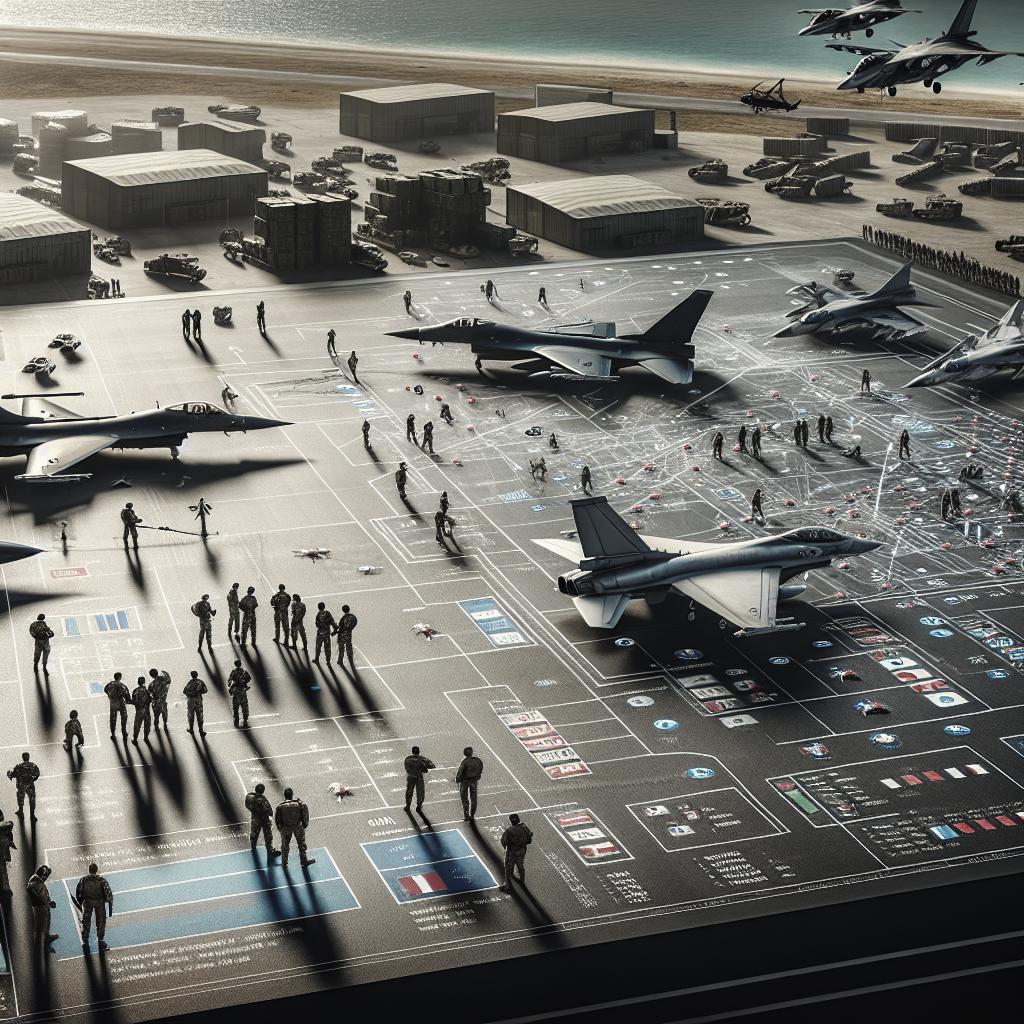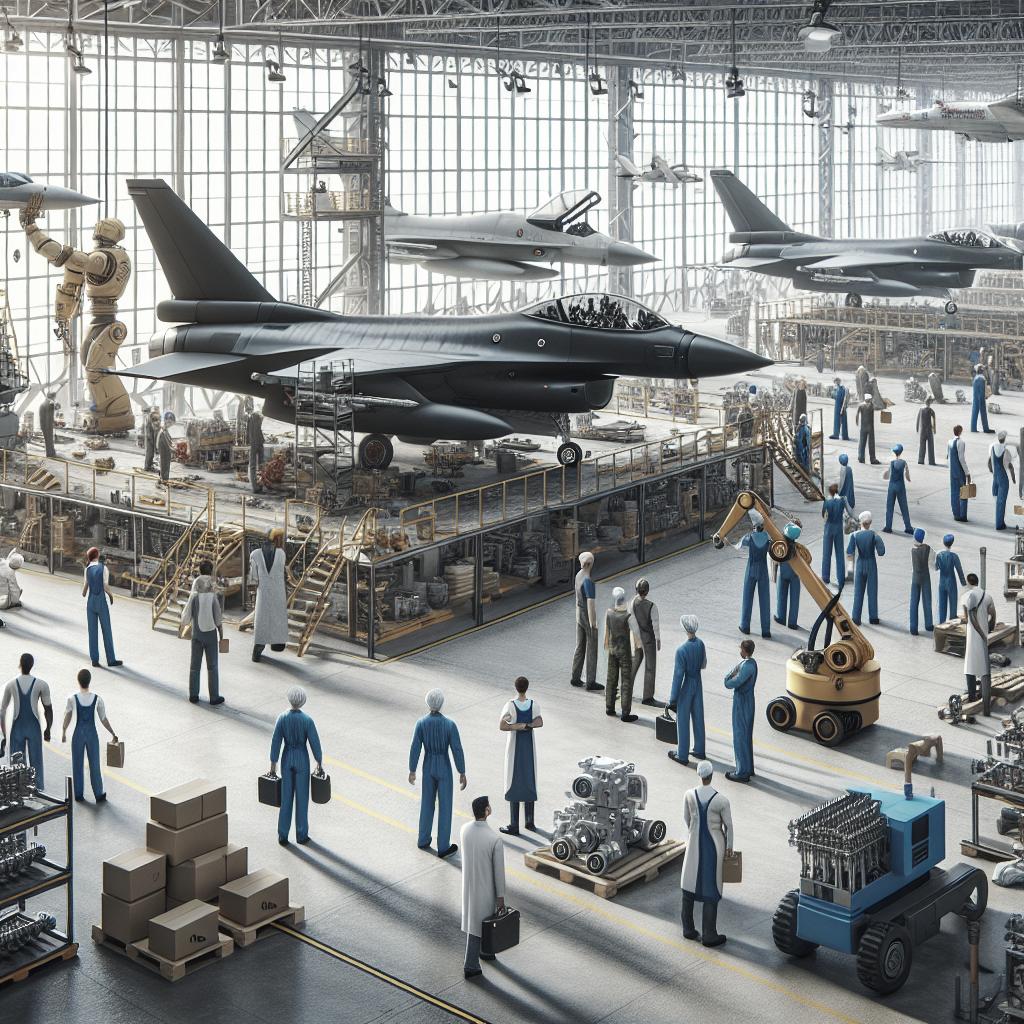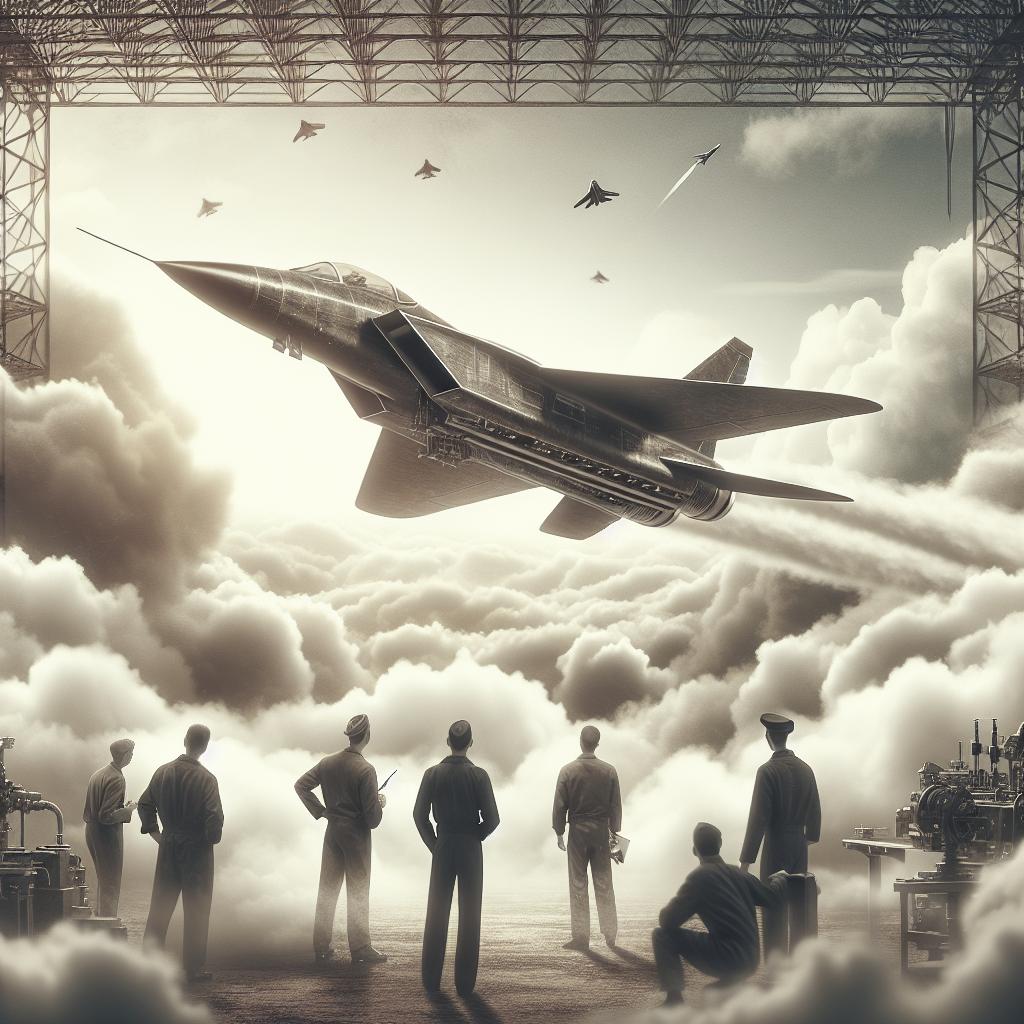Military aircraft are marvels of engineering that play critical roles in national defense, humanitarian assistance, and peacekeeping missions worldwide. These versatile machines are meticulously designed and adapted for a variety of missions, ranging from aerial combat and reconnaissance to cargo transportation and search-and-rescue operations. This article delves into the criteria and processes used to assign different roles and missions to military aircraft.
Overview
The process of assigning missions to military aircraft is a complex and highly coordinated endeavor that involves various factors such as aircraft capabilities, mission objectives, and situational requirements. Different types of military aircraft, from fighters and bombers to transporters and unmanned aerial vehicles (UAVs), are deployed based on their unique strengths and features. An in-depth understanding of these criteria is essential to appreciate how military forces thoughtfully employ their airborne assets in achieving strategic goals. Specific mission assignments are thoroughly planned by military strategists and aviation experts. These assignments take into consideration the aircraft’s range, payload, speed, and technological capabilities, ensuring that the right aircraft is used for the right mission. Additionally, ongoing advancements in technology continually influence the development and assignment of military aircraft, making this a rapidly evolving field.
Details
### Fighter and Bomber Aircraft Fighter and bomber aircraft are often the backbone of any robust air defense strategy. Fighters such as the F-35 Lightning II are primarily designed for air superiority, able to engage enemy aircraft with precision and speed. These aircraft are often assigned to missions that involve establishing air superiority to protect both air and ground forces. The rapid deployment and high maneuverability of fighter jets make them ideal for quick response actions and defensive maneuvers. Bomber aircraft like the B-2 Spirit and B-52 Stratofortress have entirely different roles. These aircraft are designed for long-range missions and can deliver significant payloads of ordnance, making them vital for strategic bombing missions. Bombers are typically assigned to missions requiring the destruction of critical infrastructure, enemy strongholds, or hardened targets. The stealth capabilities of some modern bombers allow them to penetrate enemy defenses and deliver their payloads with high precision, reducing collateral damage. ### Transport and Cargo Aircraft Transport and cargo aircraft are the logistical lifeline of any military operation. Aircraft such as the C-130 Hercules and C-17 Globemaster III are assigned to missions involving the rapid transportation of troops, equipment, and supplies. These aircraft are highly valued for their ability to operate under challenging conditions and in austere environments, providing vital support for both combat and humanitarian missions. Strategically, these aircraft play a crucial role in force projection, enabling military units to establish a presence in remote or hostile regions quickly. Whether it’s airlifting wounded soldiers, delivering humanitarian aid, or deploying paratroopers, transport aircraft are indispensable for maintaining operational readiness and ensuring the sustainability of extended military campaigns. ### Reconnaissance and Surveillance Aircraft Reconnaissance and surveillance aircraft serve as the eyes and ears of military forces. Aircraft like the RQ-4 Global Hawk and the RC-135 Rivet Joint are equipped with advanced sensors and communication systems that gather and relay critical intelligence. These aircraft are specifically assigned to missions that require extensive monitoring of enemy movements, as well as the detection of hostile activities, ensuring that decision-makers have the real-time data needed to make informed strategic choices. The missions these aircraft undertake are often of significant geopolitical importance. They provide situational awareness over large areas and are vital in monitoring compliance with international treaties, verifying ceasefire agreements, and detecting early signs of conflict. In addition to their intelligence-gathering capabilities, some reconnaissance aircraft also have electronic warfare capabilities, allowing them to disrupt enemy communications and radar systems. ### Unmanned Aerial Vehicles (UAVs) Unmanned Aerial Vehicles (UAVs), or drones, have revolutionized modern warfare by providing capabilities that were previously unimaginable. Drones like the MQ-9 Reaper and the RQ-11 Raven are assigned to a variety of missions, including targeted strikes, surveillance, and reconnaissance. One of the significant advantages of UAVs is their ability to operate in high-risk environments without putting human lives at risk. UAVs are particularly suited for prolonged missions that require persistent surveillance. Their ability to loiter over target areas for extended periods provides comprehensive intelligence and situational awareness. Moreover, UAVs are employed in targeted strike missions where precision is paramount. The integration of advanced optics and guided munitions allows UAVs to eliminate high-value targets with minimal collateral damage, making them essential tools in counterterrorism and counterinsurgency operations. ### Search and Rescue Aircraft Search and rescue (SAR) aircraft are the unsung heroes of both military and civilian operations. Aircraft like the HH-60 Pave Hawk and the C-27J Spartan are designed for rapid response in emergency situations, tasked with locating and rescuing personnel in distress. These missions can occur in various environments, from hostile territories to natural disaster zones, requiring aircraft that can perform in the most challenging conditions. The primary objective of SAR missions is to save lives, whether through the evacuation of injured personnel from combat zones or the rescue of civilians during natural disasters. These aircraft are equipped with specialized equipment such as winches, hoists, and medical supplies, ensuring they can provide immediate aid and evacuation support. Their crews are highly trained in navigating tough terrains and adverse weather conditions, often making the difference between life and death in critical situations. #### Final Thoughts The diverse roles and missions assigned to military aircraft highlight the intricate planning and strategic foresight required to harness their capabilities effectively. Each type of aircraft, from fighters to drones, plays a vital role in ensuring national security and executing complex missions. The continual advancements in technology promise to further enhance these capabilities, making the future of military aviation an exciting and dynamic field.
| Aircraft Type | Primary Missions | Examples |
|---|---|---|
| Fighter Aircraft | Air Superiority, Quick Response | F-35 Lightning II |
| Bomber Aircraft | Strategic Bombing, Infrastructure Destruction | B-2 Spirit, B-52 Stratofortress |
| Transport and Cargo Aircraft | Logistical Support, Troop Deployment | C-130 Hercules, C-17 Globemaster III |
| Reconnaissance and Surveillance Aircraft | Intelligence Gathering, Situational Awareness | RQ-4 Global Hawk, RC-135 Rivet Joint |
| Unmanned Aerial Vehicles (UAVs) | Targeted Strikes, Persistent Surveillance | MQ-9 Reaper, RQ-11 Raven |
| Search and Rescue Aircraft (SAR) | Emergency Response, Personnel Rescue | HH-60 Pave Hawk, C-27J Spartan |


